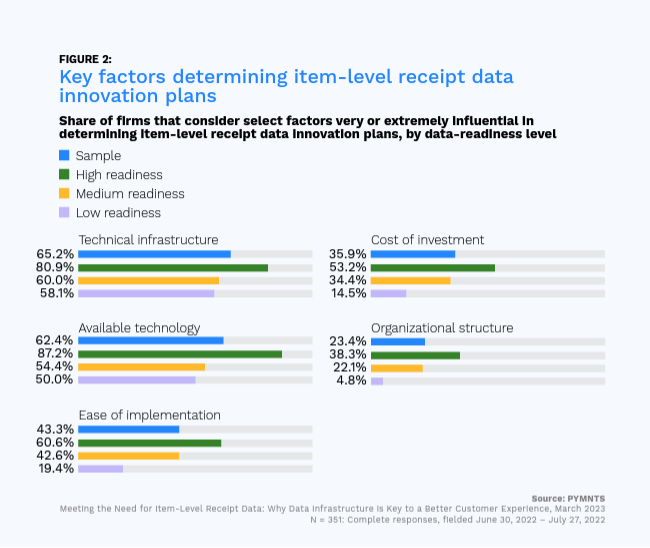Effective Data Organization Key for Any Company Seeking AI Implementation

Companies that had put off modernizing their infrastructure to readily utilize data may now be scrambling to join in the latest tech trend.
The capabilities and capacity of artificial intelligence (AI) to assist companies may be just taking off and crossing over to the public sphere, but it may be only businesses with high data readiness that may fully enjoy its benefits. This is especially true when discussing generative AI, the type of machine learning that has lately been in heavy headline rotation. Indeed, as reported by The Wall Street Journal in June, companies are racing to structure and organize their data to best optimize their generative AI use and offerings. With correctly organized data essential to AI’s “learning” to see patterns, the Journal notes that companies are scrambling to catch up to competitors who have already done the heavy lifting of creating these data organization infrastructures.
As well, companies with high data readiness are more open to the possibilities these innovations may provide, illustrated in the PYMNTS collaboration with Banyan, “Meeting the Need for Item-Level Receipt Data.”

Here, we use item-level receipt data as one example of the data-reliant tools benefitting businesses, and where readiness levels may influence AI implementation speed. Firms with high readiness considered all of the above features as very or extremely influential in determining their innovation more than firms with lesser readiness — by double-digit percentages. While that may seem self-evident — companies that are ready for data are more likely to value data — it has been firms with an early embrace of data readiness who are now able to implement AI at a quicker pace than their less ready competitors.
Some firms, especially those with low data readiness, may still be pondering the long-term benefits of a significant organizational change that must accompany data infrastructure implantation to ensure its success. In an interview with PYMNTS, Tom Randklev, global head of product at payment orchestration platform Cellpoint Digital, expanded on some of the direct benefits possibly impacting companies that may be hesitant to implement generative AI into their workplace systems. “For years we’ve used some sort of AI and ML to drive capabilities across financial technology and payments — but a lot of that was written for purpose, and while predictive and a good way to digest data, it still has its limitations when compared to these new large language model-driven algorithms,” he said.
AI’s use in assisting businesses in data analytics has only just begun. It is up to companies themselves if they want to jump on board now, or risk falling behind their competitors.

